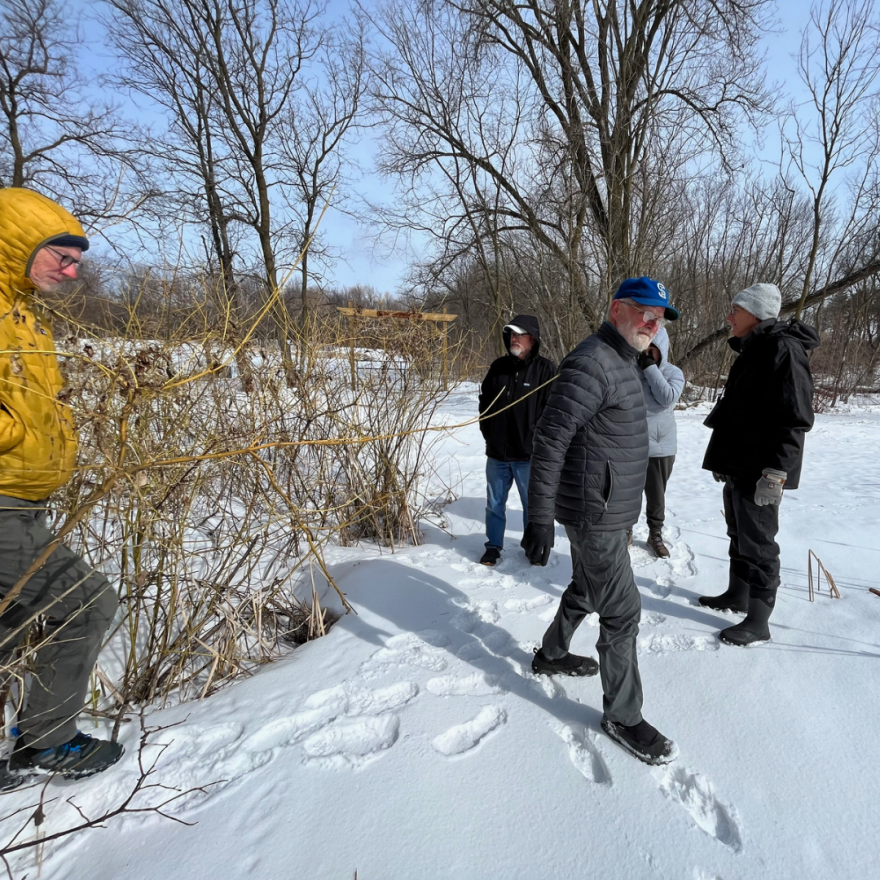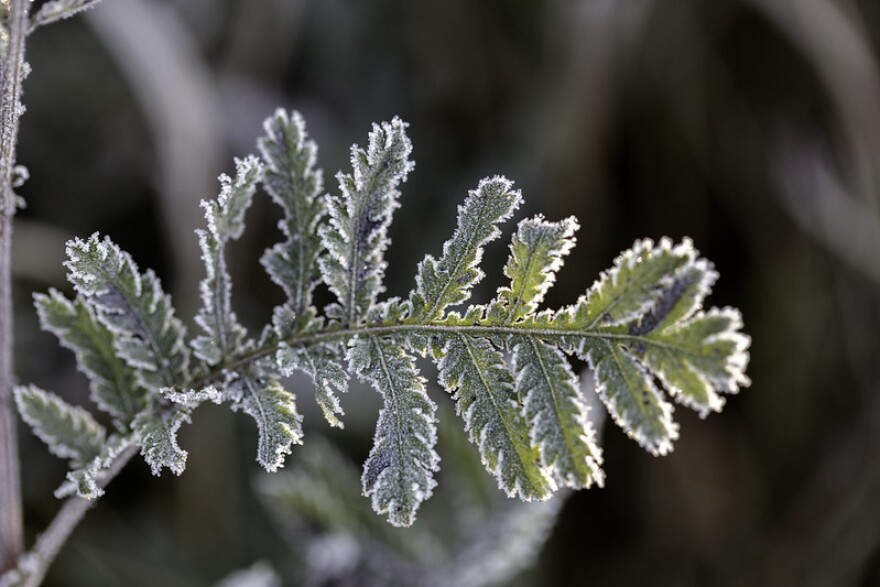December and January are slow seasons for phenologists, but this week marks the start of a steady increase in the first signs of spring’s arrival. Those with sharp ears will be the first to hear the impending change of seasons!
Is that woodpecker pecking or drumming?
Woodpeckers provide one of the earliest examples of wildlife preparing for the spring breeding season. They begin to drum in January as part of their courtship and territorial behaviors.
Drumming is a territorial behavior distinguishable from the pecking or drilling behaviors used for foraging or creating nesting cavities. Drumming is a rapid, rat-tat-tat-tat-tat sound, while pecking is typically a quieter activity associated with soft, irregular tapping noises. Woodpeckers drum to attract mates and proclaim territories, and the pattern and speed of the drumming differs by species.
In Minnesota, four species are common throughout the state year-round: Downy, Hairy, Red-bellied, and Pileated Woodpeckers. Two additional species may be found in black spruce swamps: Black-backed and American Three-toed Woodpeckers. Migratory species include the Northern Flicker, and the Red-headed Woodpecker.
A warm December
It was a hotter-than-usual holiday season! John recorded a record-high average temperature of 27.7 degrees for the month. January has begun in a similar fashion. “So get out,” John said. “There’s not any snow to encumber you (or very little snow). It’s easy walking. Get out and listen for the woodpeckers!
Other auditory cues
Those with a good ear may also hear the Black-capped Chickadees beginning to sing their spring song. This song sounds like a sweet, two-note “Fee-bee” or three-note “Cheese-bur-ger,” with the first note higher.
Like the woodpeckers, the chickadees are beginning to select mates and determine territories. In the winter, chickadee flocks are large, mixed groups of mated adults, unmated adults, and juveniles. As spring approaches, unmated birds will pair off to begin selecting nesting locations and preparing nesting cavities.
Chickadees are not sexually dimorphic: males and females look the same to our eye. Many birds, however, can see in the ultraviolet spectrum. Thus, to a chickadee’s eye, a male chickadee looks quite different from a female, with reflective cheek patch and a larger bib.
Wintry wanderings

A January sighting of a muskrat wandering across land isn’t unusual: as the ice thickens, shallow ponds become completely frozen and thus uninhabitable to the muskrat. These unlucky muskrats must strike out for new territory.
This year’s warm weather makes these movements less likely, as ponds aren’t freezing as deeply as in colder years. However, the warm weather also means less snow, so any muskrat that is out wandering will have an easier time of it! In years with deep snow, muskrats prefer to use trails and roads since their short legs make walking through deep snow quite difficult.
Male skunks may also emerge early due to the warm weather. Generally, skunks will spend most of the winter hibernating with only occasional forays for foraging. Males will emerge from hibernation in February and March to seek out females.
The warm weather may prompt them to emerge earlier: if so, keep an eye out on roadways! Like the muskrat, skunks will avoid trekking through snow and instead frequent paths, trails, and roadways.

Roadside willows and sun dogs
On a trip to and from the Twin Cities, John admired the roadside willows. They have begun to take on more color, with the tree willows turning more vibrantly yellow and shrub willows varying from coral, burgundy, yellow, and orange.
As the days lengthen and the sun’s power strengthens, these colors will deepen and become even more vibrant.
The weather and angle of the sun at this time of year align perfectly to create sun dogs. This refractive display occurs when sunlight refracts through ice crystals in the sky. The best time to see them is at sunrise and sunset, when the angle of the sun is low.
Rime or frost?
Northern Minnesota has woken up to some beautiful ice formations over the last week. Frost comes in a few forms, including rime and hoar frost.

Rime is formed by liquid in the air freezing: it is marked by mornings with low clouds or fog and is thicker and heavier than hoar frost.
Hoar frost, in contrast, is formed by water vapor (a gas) freezing onto a surface. It tends to be more fragile and spikier.
John ended the broadcast by saying, “Thank you for tuning in. If you have observations you’d like to share, if the chickadees are calling at your house, or the woodpeckers are drumming, or the muskrats and skunks are out wandering about, I’d love to hear from you. Get in touch.”
That does it for this week! For more phenology, <b>subscribe</b> to our Season Watch Newsletter or visit the Season Watch Facebook page.
Funding for this project was provided by the Minnesota Environment and Natural Resources Trust Fund as recommended by the Legislative-Citizen Commission on Minnesota Resources (LCCMR).








